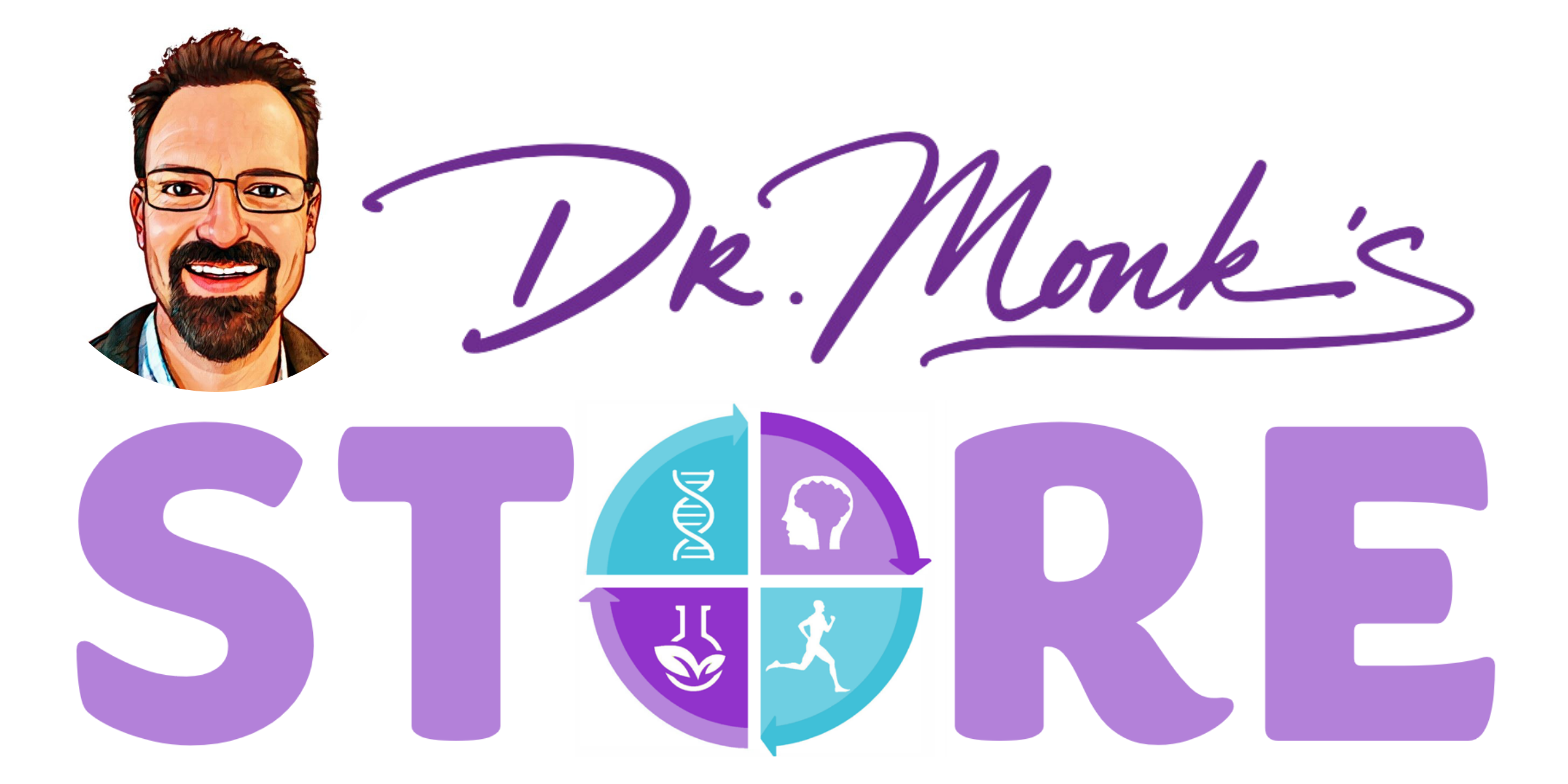All the parts of your body are valuable, and all the parts of your body are interrelated. However, some parts are more intimately related than others through what is recognized as the Teeter-Totter Effect.
If a particular nutrient is too “low,” then its closely related counterpart on the other side of the teeter-totter is often too “high.” Also, the more deficient or low a nutrient is, the more powerful its overall effect when taken by itself without its teeter-totter counterpart.

My patients regularly tell me how amazed they were that their supplement program worked so fast. This is because precise replenishment of a needed nutrient will many times produce benefits as powerful and fast-acting as a pharmaceutical. Additionally, balancing multiple teeter-totters at the same time delivers the greatest health effect.
Types of Teeter-Totters
Some teeter-totters are not single nutrients but are instead hormones or entire systems. Here is a common listing of important teeter-totters:
-
Iron, Zinc and Copper (a three-way teeter-totter)
-
Calcium and Vitamin D and Magnesium
-
Vitamins B1 and B2
-
Potassium and Sodium
-
Adrenaline and Cortisol (the anxiety chemicals)
-
Serotonin and Dopamine
-
Estrogen and Progesterone
-
The immune system (TH-1 TH-2)
-
The nervous system(sympathetic parasympathetic)
- Upper and lower gut probiotics
When it comes to fight-or-flight, certain nutrients are used up faster than others causing numerous unbalanced teeter-totters. CoreCalm 7-in-1 addressed over a dozen such teeter-totters all at the same time. It is packed with the nutrients the body needs most to overcome adrenaline dominance and get back into balance.
The Migraine Teeter-Totter
When symptoms of any kind are present, it is likely that a teeter-totter is broken. For example, serotonin and dopamine, two neurotransmitters that are essential for proper brain function, are on the same teeter-totter. If serotonin is high, dopamine will likely be low, and vice versa.
Migraine headaches are most often a sign of too much serotonin in the brain. However, “too much” is relative to dopamine. Therefore, a person suffering from migraines could have high serotonin with normal dopamine levels. Or, she could have normal serotonin with low dopamine levels. Either way, the teeter-totter looks the same, and the migraine symptoms are the same. However, in one case the goal is to lower serotonin, while in the other case, the goal is to raise dopamine (sometimes a person will need both).

Gas Pedals and Brakes
Teeter-totters could also be likened to a gas pedal and a brake. There are a set of chemicals or electrical signals that initiate the function and an opposite set of signals that suppress that same function. This balancing act is called, a negative feedback loop. This loop makes sure your body does not go too fast or too slow as it tries to maintain its balance, or homeostasis.
A good example is what happens when you have a sugary drink. In the body, the sugar is turned into glucose, which rises sharply in the blood—this is the gas pedal. Extra glucose in the cells gives us energy, but elevated levels for too long are inflammatory to certain tissues—you are now going too fast. The body responds by releasing as much insulin as required (the brake) to transport the excess glucose into the cells so that the overall blood glucose level comes into balance.
Cortisol is not the Stress Hormone
Many healthcare professionals call cortisol the “stress hormone.” I do not. Adrenaline is the stress hormone. The reason cortisol got this title is because it is elevated in times of high stress. This is due to its relationship to adrenaline. Adrenaline is the gas pedal; cortisol is the brake. When stress pushes the pedal to the floor and the engine is revving at maximum RPMs, adrenaline is surging. To keep the body from going off a cliff, it must apply pressure to the brakes. Therefore, cortisol levels rapidly rise.
